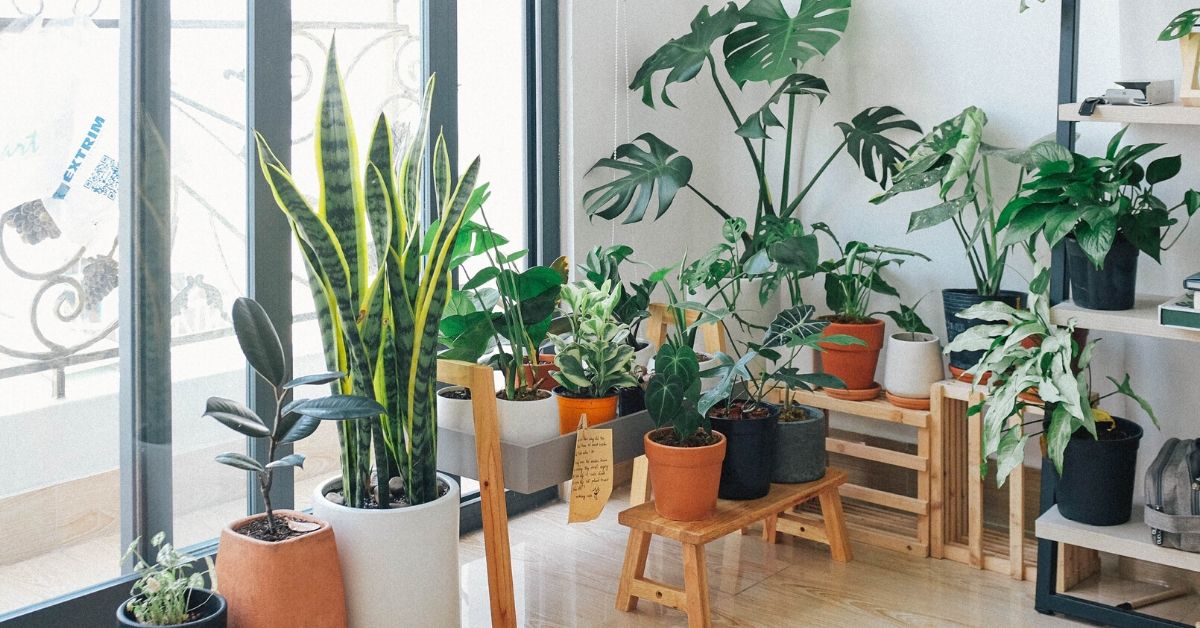An in-house garden is a great addition to every home.
For real nature lovers, there are no obstacles when it comes to growing plants. They can be planted and nurtured even in small apartments, even without a balcony. All you do need for creating an in-house garden is some room near the source of light, a small amount of soil and a few seeds or seedlings.
Did we mention love and care? Your home garden will need a lot of your love in order to grow and make you proud. Now, what you have in front of you is the ultimate guide to creating an in-house garden.
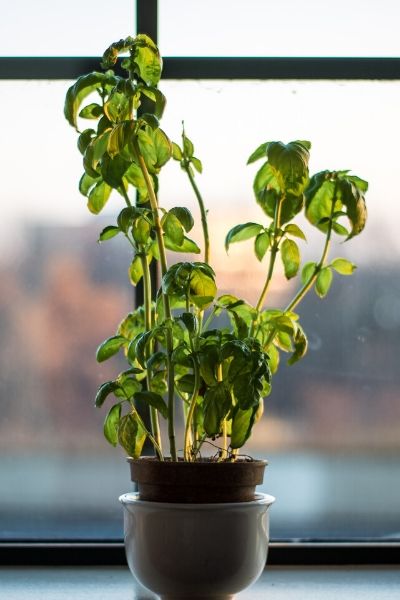
Choosing the space
We have already mentioned that you do not need a special room or additional square footage in your home to grow the plants you have always wanted to.
What is important, though, is that you have some room on your windowsill or by a window so that your plants can have enough natural light.
Place searching for Verified Movers on hold until you find the perfect place to call home, for you and your in-house garden.
Plants can even be grown on shelves by windows, as long as every plant gets enough light for its photosynthesis process. If you would like to have a big in-home garden right away, maybe you should consider getting a bench or a table for your plants. Just make sure that you protect your floors from the water and dirt that is inevitable.
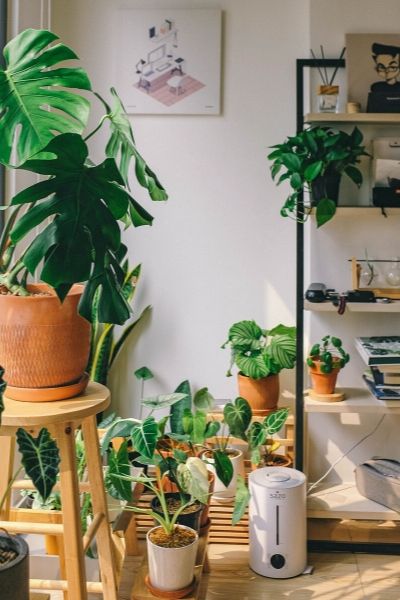
What about the temperature?
Most plants do their best in temperatures of 65-75°F. Some 10 degrees up or down will probably do them no harm, but everything out of that range can cause damage to the stems or leaves.
Small and weak plants are usually the result of too hot an environment, while the cold can cause yellow leaves that tend to fall off.
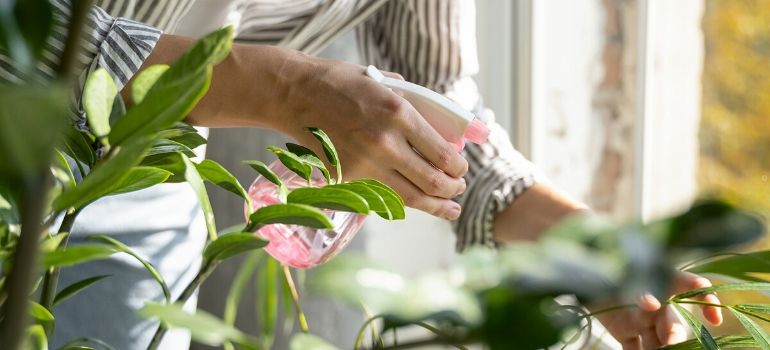
Your in-house garden needs a proper humidity level
A lack of humidity can be an issue in many houses, especially during winter. Heating adds to the problem, so if you want your home to be comfortably warm for your family and still humid enough for your plants, you might have to try hard to reach a balance.
A low humidity level will result in brownish tips on your leaves or your plants looking withered. They might even start losing their leaves. Luckily, there are some things you can do in order to prevent your in-house garden from suffering like this. You can:
● use a home humidifier;
● mist your plants as much as necessary - once a day should be enough, but some species will require more;
● place the plants closer together to make the microenvironment that they have in their natural habitat;
● place a tray with water nearby - water will evaporate and give your in-house garden the necessary humidity.
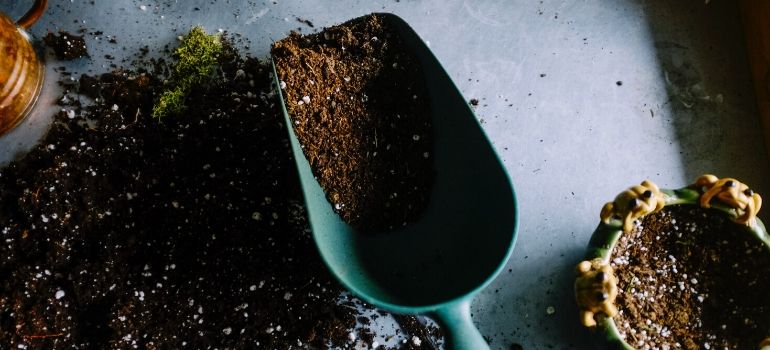
Soil is the base of every in-house garden
Plants need quality soil in order to thrive. It is the base they absorb the nutrients from. If it lacks nutrients, your garden will miss them too. The soil that can be found outside is not really appropriate for your home garden, as it is too hard and might have some unwanted seeds and insects.
Luckily, you can get soil that is good for your flowers or vegetables in every gardening supply store, or in your local supermarket. This soil should remain loose and drain well. It should also have the proper amount of nutrients that the roots can absorb.
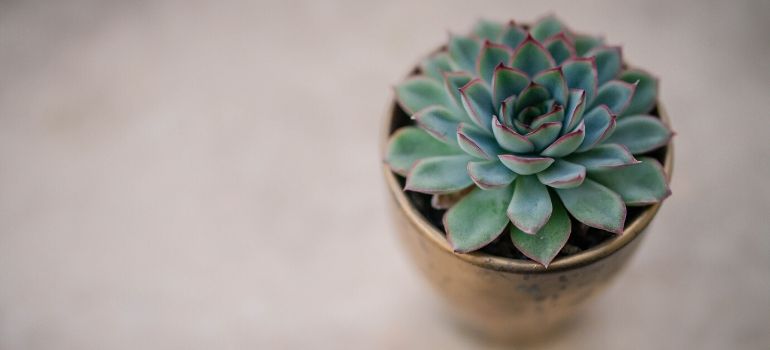
What sorts of plants can be grown indoors?
The good news is that there is not a single flower, herb, fruit, or vegetable that cannot be grown indoors. But - the question is - can you offer them all the conditions they need in order to deliver the best version of themselves?
The plants that have similar requirements can be grown together. For instance, if cherry tomatoes from your indoor garden prove to be a success, you can also plant peppers, kale, onions, carrots, regular tomatoes, and beans. They pretty much ask for the same amount of light, water and humidity to grow.
When it comes to flowers, ideas for in-home gardens often include petunias, begonia, roses, pansy, geranium, zinnia, etc.
Herbs that can be grown in the same conditions are rosemary, chives, cilantro, oregano, basil, and lavender. Some of these plants are great insect repellents too!
When it comes to growing fruits indoors, you can try some sorts of dwarf apples, strawberries, blueberries, and citrus fruits. Not only will you be able to see the fruits of your own labor (pun intended), but you will also get to enjoy the decorative aspect of such plants in your home. They will definitely make a good apartment even better!
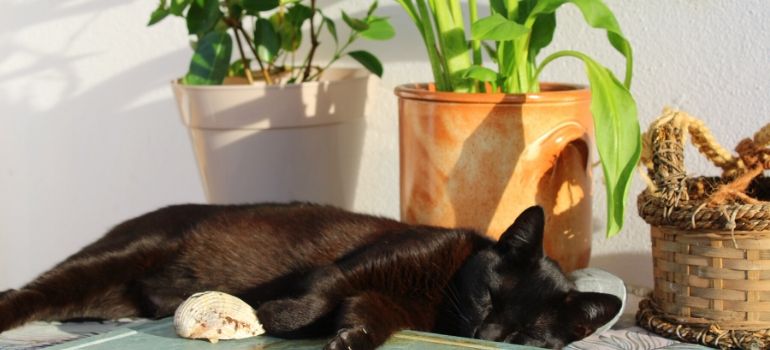
Plants do not like to be moved very often
If you have a balcony or an outside garden where you can move your plants in spring or fall, just make sure that they are well acclimated so that they do not suffer from temperature shock. This is extremely important for the areas that have very distinct four seasons, as Minnesota does.
You should also be very careful when you move your in-house garden to your new home. If you can, you should arrange your relocation during spring or fall so that your plants do not suffer.
For the mentioned location, you should find info about moving anywhere in Minnesota, including the weather forecast for the day you plan to relocate and make your moving plan in accordance with it.
Conclusion
Growing an in-house garden is easy when you know the facts that we have just talked about. Houseplants will make your apartment more welcoming, while at the same time, they might provide you with some fresh fruits, vegetables, or at least a beautiful sight that you can enjoy every time you look at it.
